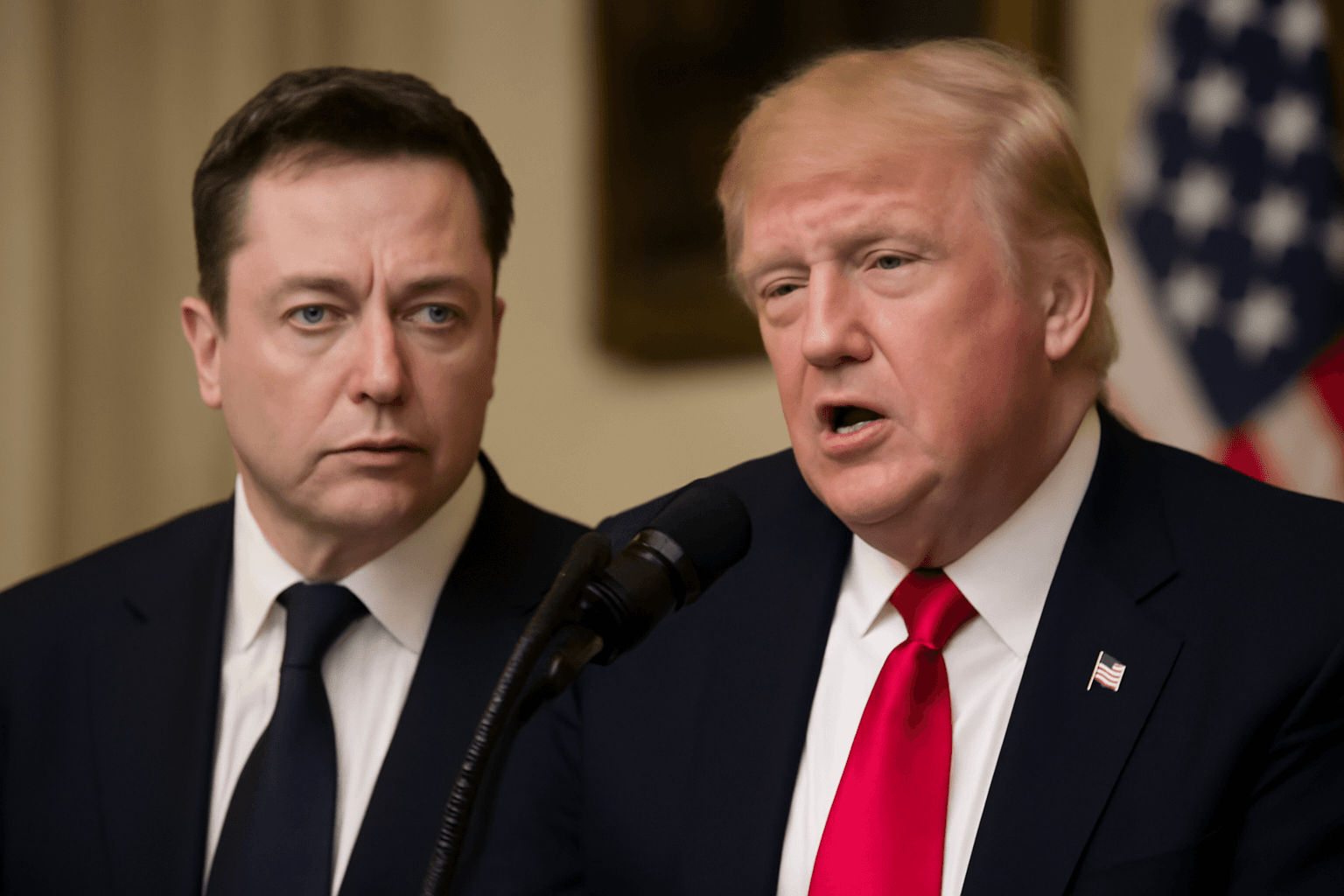UK Faces Unavoidable Tax Hikes Amid Economic Uncertainty
Last autumn, UK Chancellor Rachel Reeves unveiled a bold spending package: a £70 billion surge in public expenditure funded by higher borrowing and £40 billion in tax hikes, primarily targeting businesses. At the time, Reeves assured Parliament this would be a one-time measure, emphasizing, "we're not going to be coming back with more tax increases, or indeed more borrowing."
Fast forward to mid-2025, and the fiscal landscape has shifted dramatically. As Reeves navigates a rocky economic outlook while trying to honor her pledge, fresh tax increases now seem all but inevitable.
Fiscal Headroom Evaporating Amid Mounting Pressure
Earlier this year, the Treasury reported approximately £9.9 billion of fiscal "headroom"—the budgetary margin to fund day-to-day spending from tax revenues without borrowing. Yet, challenges such as rising debt interest costs, softer-than-expected tax income, and reduced growth projections have quickly eroded this cushion.
The UK’s independent forecaster anticipates economic growth of 1% for 2025 and 1.9% for 2026. However, economists suggest even these figures may be overly optimistic. Should the 2026 growth outlook be revised downward, the government’s fiscal room could shrink dramatically or vanish altogether, leaving three hard choices: cut spending, borrow more, or raise taxes further.
Tax Rises Increasingly Likely, Says Market Expert
According to James Smith, a developed markets economist, the government's fiscal headroom is on the verge of disappearing. He warns that even a conservative downshift in growth forecast to 1.5% in 2026 could halve the existing budget margin, potentially driving a shortfall of £4 billion or more due to economic headwinds alone.
Pressed about additional tax hikes during a recent interview, Reeves declined to commit, stating she would not "write budgets for the future" before completing the current fiscal year and acknowledging the "uncertain world" ahead.
Experts See No Easy Way Out
Fiscal analysts observe that neither economic forecasts nor public finances have improved—in fact, they’ve worsened since last year. The director of fiscal studies cautioned that with spending plans locked in and the government’s fiscal rules met by a razor-thin margin, even minor setbacks could trigger further tax rises.
Balancing the books remains an intricate juggling act for the Chancellor amid mounting pressures. Recent announcements of significant increases in health and defense spending reinforce that cutting public services further is unlikely.
Where Might the Next Tax Burden Fall?
Facing almost no room to reduce expenditure and a firm stance against borrowing for day-to-day costs, raising taxes emerges as the government’s only viable path. This could clash with Labour's manifesto promises not to increase income tax, National Insurance, or VAT—measures that had been firmly rejected by party leaders.
Insiders now speculate on where the government might target relief measures to meet its fiscal demands. Potential actions include:
- Extending current freezes on income tax allowances and thresholds through to 2030
- Restricting pension tax relief for high earners
- Introducing a £3 billion levy on the gambling sector
- Reforming council tax, which remains based on outdated 1991 property valuations
While income tax rises are the easiest fiscal lever, political leaders fear voter backlash over breaking commitments. Therefore, a combination of smaller increases might be pursued to balance fiscal responsibility with political risks.
Conclusion
Despite initial assurances, the UK government faces stark fiscal realities that make new tax hikes increasingly unavoidable. As economic growth slows and debt servicing costs climb, the Chancellor’s commitment to avoid further tax increases is under significant strain. With limited options, balancing public services, borrowing, and taxation will test the government’s resolve and political capital as it heads into the Autumn Budget.



















